Interior Design Meanings for Conchoidal, Conduit, Console
Definitions and examples of design terms including Concealed Light, Conchoidal, Conduit, Console, Convector Radiator
Complementary Color Schemes, Cool Colors, Coping, Cord, Corduroy, Cork, Cornice, Corona Drape, Cotton, Crackle-Glaze and more.
Complementary (contrasting) Color Scheme: these are colors that are directly opposite. When they are mixed together they will produce grey. Using this combination enhances each color creating a strong sense of visual movement when the colors are side by side.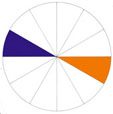 Concealed Light: Any artificial light source, concealed behind a decorative facing, which allows the light to diffuse over its edges, and through it, if the f acing is translucent. This type of lighting can be recessed into ceiling or wall can be direct, indirect, or semi-direct. Cove and valance lighting are examples of concealed light.
Concealed Light: Any artificial light source, concealed behind a decorative facing, which allows the light to diffuse over its edges, and through it, if the f acing is translucent. This type of lighting can be recessed into ceiling or wall can be direct, indirect, or semi-direct. Cove and valance lighting are examples of concealed light.
Conchoidal: A three dimensional form which is shell like, it has convex and concave contours. 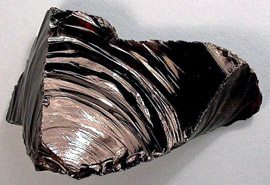 Conduit: Metal or plastic tube for casing cables.
Conduit: Metal or plastic tube for casing cables.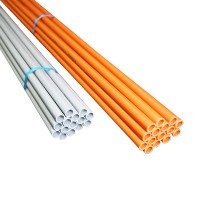 Console: A type of side table that has two front legs and brackets, which fix to the wall.
Console: A type of side table that has two front legs and brackets, which fix to the wall. 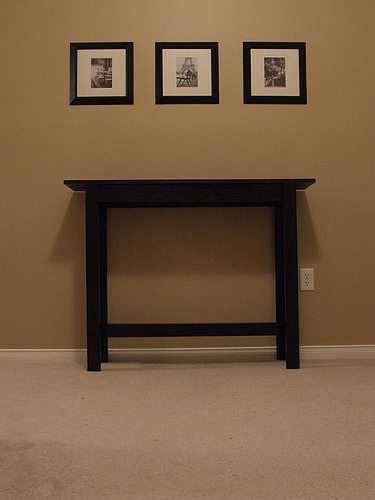 Convector Radiator: A type of heating in which steam or hot water runs through a pipe core, heating metal plates or fins attached to it at short intervals. Air passed over these fins picks up heat and distributes it through vents in an enclosure to the area to be heated.
Convector Radiator: A type of heating in which steam or hot water runs through a pipe core, heating metal plates or fins attached to it at short intervals. Air passed over these fins picks up heat and distributes it through vents in an enclosure to the area to be heated.
Cool Colors: The greens and blues of the color wheel are referred to as the cool colors; these slow our heart beat, relax our muscles and lower our temperature, making us feel cool. Violet can appear warm or cool depending on the proportions of the parent colors.
Cool Colors
Coping: Brick, stone or concrete protection at the top of a wall.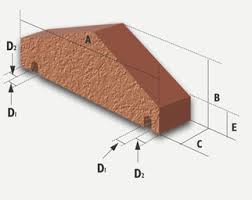 Cord:(drapery) this comes in almost any fiber imaginable and is usually thick and twisted rope, generally used as a tieback.
Cord:(drapery) this comes in almost any fiber imaginable and is usually thick and twisted rope, generally used as a tieback.
Cord:(carpet) Manufactured in a similar fashion to Wilton, but to produce its corduroy look, the pile is left uncut. Cords are mostly made of man-made fibers. Hair cords, made from animal hair can be produced and are very hard wearing.
Corduroy:A cut filling-pile cloth with narrow to wide wales which run in the warp direction of the goods and made possible by the use of an extra set of filling yarns in the construction. The back is of plain or twill weave, the latter affording the better construction. Washable types are available and stretch and durable press garments of corduory are popular. Usually an all cotton cloth, some of the goods are now made with a nylon or rayon pile effect on a cotton backing fabric or with polyester cotton blends.
Cork: Cork is a natural product that comes from the bark of the evergreen oak. It is most commonly available in tiles. These are cut from blocks of granulated cork that has been compressed with binders and baked. It wears well, is warm and quiet underfoot.
Cornice: An architectural feature which is often molded or decorative, frequently made of plaster, it is fixed horizontally between the ceiling and the top of the wall.
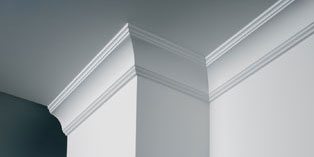 Corona Drape: A decorative drapery, which is supported by a pole or semi – circular bracket and hangs at the head of a bed.
Corona Drape: A decorative drapery, which is supported by a pole or semi – circular bracket and hangs at the head of a bed.
Cotton:(textiles) A plant fiber. Cotton is very strong and durable, even stronger when wet. The fibers take dye well. Under many names, cottons are widely used utility and decorative fabrics. It is an economical fiber but it soils easily, blending and special treatments can improve the service characteristics.
Course: Horizontal layer of bricks or slates throughout a wall. Coved Ceiling: This is a ceiling that is formed in to a concave form. I.e. a ceiling that is curved similar to that of an arch.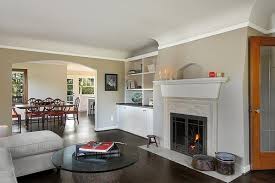 Coving: Curving cover for a junction between two surfaces, e.g. floor and wall or wall and ceiling.
Coving: Curving cover for a junction between two surfaces, e.g. floor and wall or wall and ceiling.
Crackle-Glaze: (paint effects) this imitates old peeling paint and provides a cobweb look. The crackle glaze is applied between two water based coats of differing colors. This then produces a series of cracks on the top layer and exposes the base coat color underneath.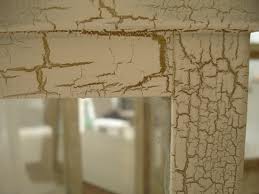 Craquelure: (paint effects) this is a process that was developed to imitate the crazing of very old varnish. It is achieved by applying two varnishes to a surface that dry at different rates. It achieves a finer crazing than by using the crackle glaze but is a more expensive method.
Craquelure: (paint effects) this is a process that was developed to imitate the crazing of very old varnish. It is achieved by applying two varnishes to a surface that dry at different rates. It achieves a finer crazing than by using the crackle glaze but is a more expensive method.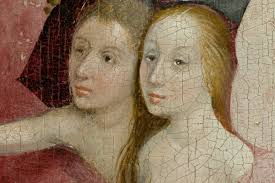 Crash: A course fabric having a rough irregular surface obtained by weaving thick uneven yarns. Usually cotton or linen, sometimes spun rayon or blends.
Crash: A course fabric having a rough irregular surface obtained by weaving thick uneven yarns. Usually cotton or linen, sometimes spun rayon or blends. Crazing: Hairline cracks on the surface of concrete or cement rendering or paintwork.
Crazing: Hairline cracks on the surface of concrete or cement rendering or paintwork.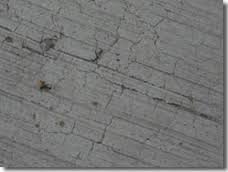 Cretonne: Usually printed in strong patterns, not glazed.
Cretonne: Usually printed in strong patterns, not glazed. 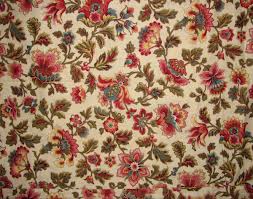 Crewel: A cotton fabric decorated in cream or multicolored embroidery (crewelwork), often wool.
Crewel: A cotton fabric decorated in cream or multicolored embroidery (crewelwork), often wool.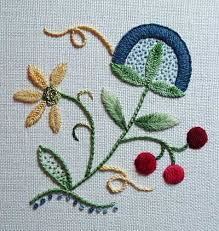 Crocodiling: Bad crazing on paintwork.
Crocodiling: Bad crazing on paintwork. Cross Grain: (timber) The fibers do not run parallel with the length of the piece of timber.
Cross Grain: (timber) The fibers do not run parallel with the length of the piece of timber.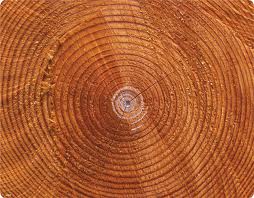 Cross Stitch:Is a simple technique that provides decorative effects from complex borders to simple motifs and edgings. It involves working one stitch over the other as a diagonal cross, which fills a tiny square; the stitches build into lines and blocks of color.
Cross Stitch:Is a simple technique that provides decorative effects from complex borders to simple motifs and edgings. It involves working one stitch over the other as a diagonal cross, which fills a tiny square; the stitches build into lines and blocks of color.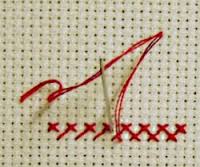 Curtain Wire: (drapery) is a coiled wire with a plastic coating. It is slightly expandable and is fixed by eyelets screwed into the wire at each end, which are then fixed to the hook. Curtain wire is used for lightweight fabrics, sheers and nets, that only have a short span to cover and do not need to be drawn.
Curtain Wire: (drapery) is a coiled wire with a plastic coating. It is slightly expandable and is fixed by eyelets screwed into the wire at each end, which are then fixed to the hook. Curtain wire is used for lightweight fabrics, sheers and nets, that only have a short span to cover and do not need to be drawn.
Cushions: Cushions are an ideal accessory for adding flavor to an interior; they soften existing furnishings and add comfort to a room. They come in all different shapes and sizes and can be filled with down, foam, synthetic wadding or polystyrene balls.
Cutout: Fuse, or any other circuit-breaking device.
Cutting in: Painting a clean edge, usually a straight line, at the edge of a painted area.
Cut work Embroidery: Is a very intricate and delicate form of embroidery. It is embroidery with cutwork detail. It involves solidly stitching close blanket stitch then cutting away inner sections. It is especially suited to table and bed linen and looks extremely smart with white on white.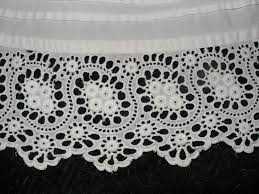 Cylinder lock: Latch operated by a small key from the outside, and a knob from the inside.
Cylinder lock: Latch operated by a small key from the outside, and a knob from the inside.
Cyma Recta Curve: A S shapes curve which begins and ends horizontally.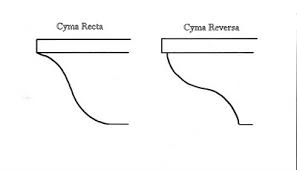 More Design Definitions
More Design Definitions
Looking for more design meanings? Then try the search function below.

